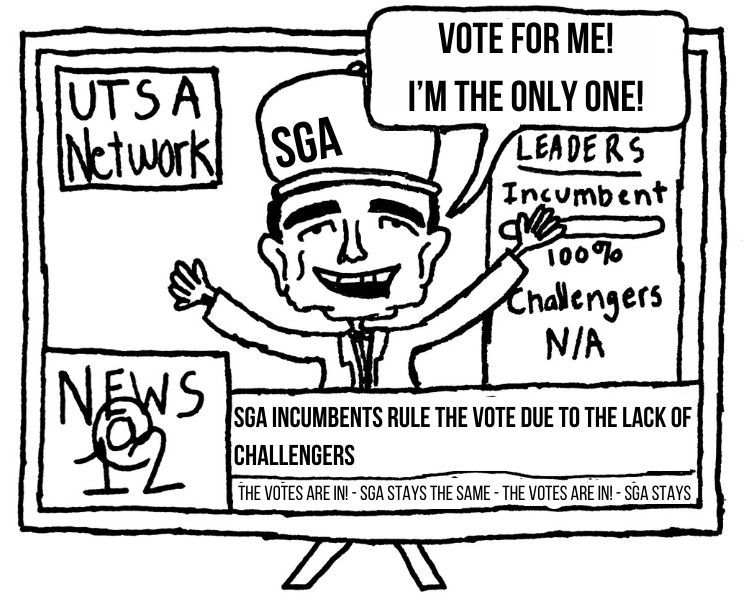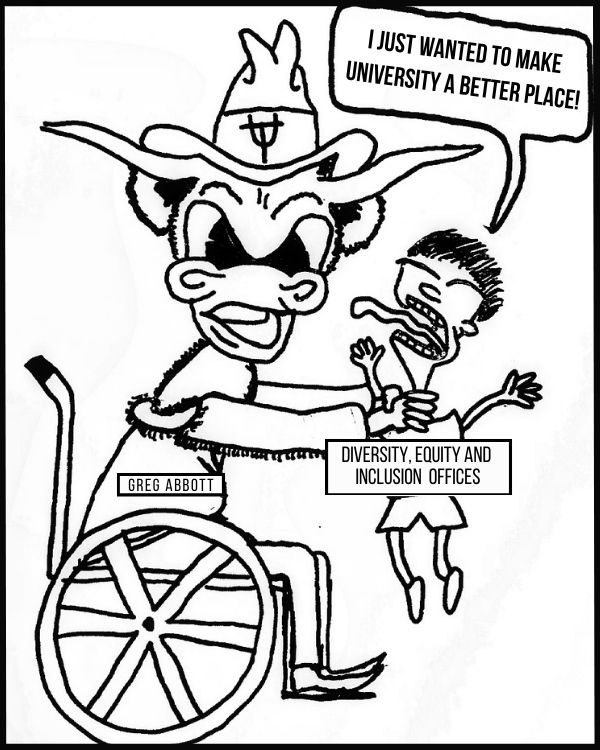The UTSA grading system currently includes pluses and minuses; however, the Student Government Association (SGA) is proposing that the university adopt a different system.
The SGA proposal explains that a change to a whole-letter grading system will improve students’ opportunities of getting into graduate and professional programs. It will allow students with borderline grade percentages to earn higher marks; for example, a student can earn a 4.0 even if he or she had a 90 percent average.
Moving to whole-letter grading system is not in the best interest of UTSA students.
A plus/minus grading system improves the reputation of both the university and its students. The transcripts for students applying to graduate schools indicate that UTSA uses a plus/minus system. If an admissions officer is comparing a UTSA student with a 4.0 to a student with a 4.0 from a school without a plus/minus grading system the admissions officer would have reason to favor the UTSA student. When an admissions officer views a UTSA student’s 4.0 grade point average they know they earned all ‘A’s.
The plus/minus grades award UTSA students’ efforts with more value. Without the system, a student who earned a 90 percent in a class is awarded the same letter grade as a student who earned a 100 percent. This lack of distinction disincentivizes students to excel beyond the 90 percent mark. The plus/minus system is more fine tuned.
Proponents of the whole-letter grading system argue the plus/minus system hurts a student’s odds of becoming recognized for academic achievement.
When UTSA moved to a plus/minus grading system in 2011, Mathematics Department Chair Dr. Sandy Norman expressed these sentiments in an interview with the Paisano.
Norman pointed out that in the plus/minus system “there are students who would have gotten summa cum laude in the old grading system who might not even get magna cum laude (which requires a 3.75 GPA) in the plus/minus system.”
It is true; earning summa cum laude, among other recognitions, is more difficult in a plus/minus system, but we believe the effort is worth the added value UTSA transcripts receive from a plus/minus system.
The SGA’s argument that UTSA students’ odds of earning a scholarship may be negatively affected by the plus/minus system is valid, because a scholarship committee isn’t as likely to make the distinction between a plus/minus school the same way admissions officers do.
Nonetheless, our current grading system ought to be maintained. We believe a more fine-tuned and accurate grading system strengthens the overall value of UTSA students’ transcripts and is in line with the goals of our academic system.











